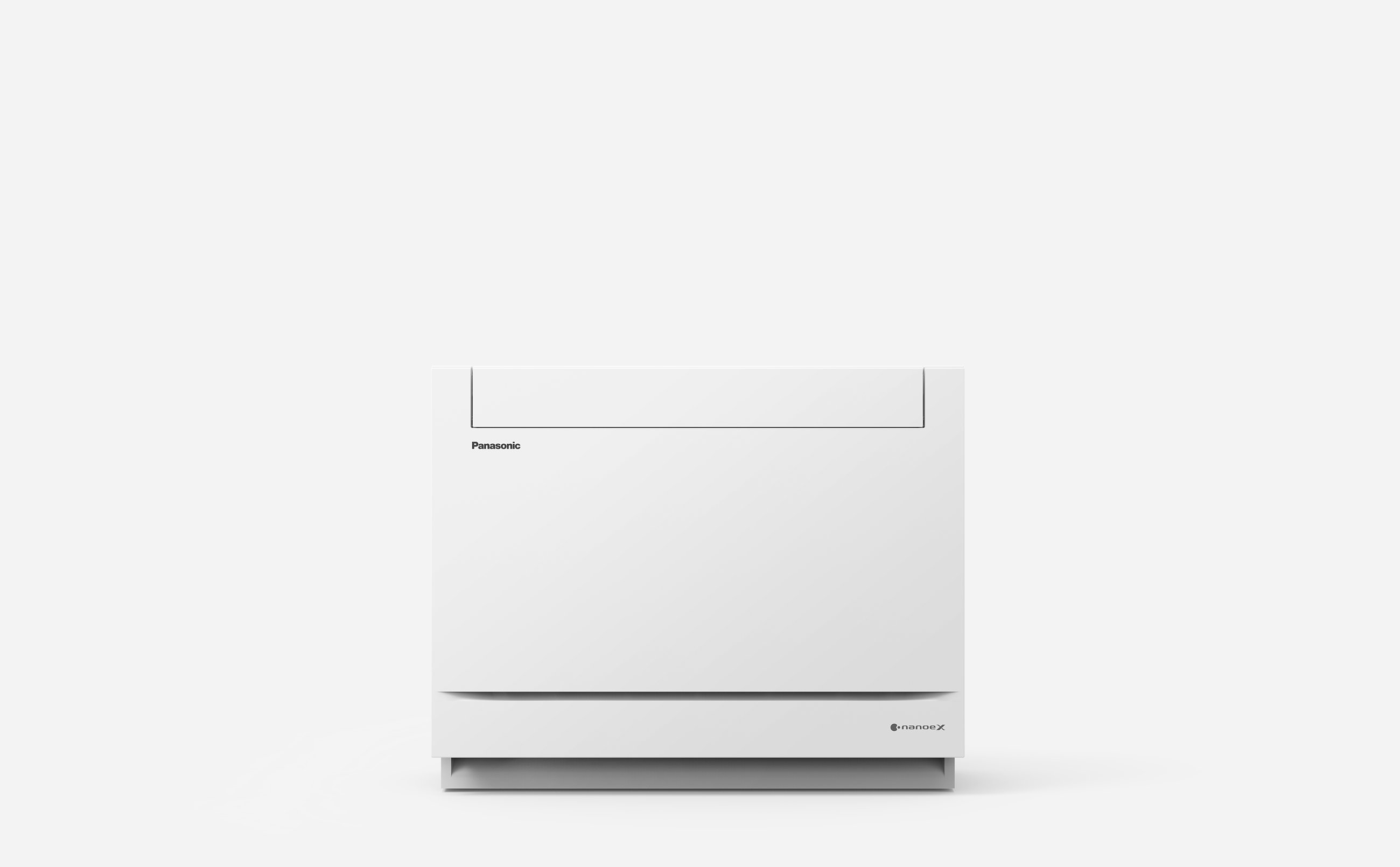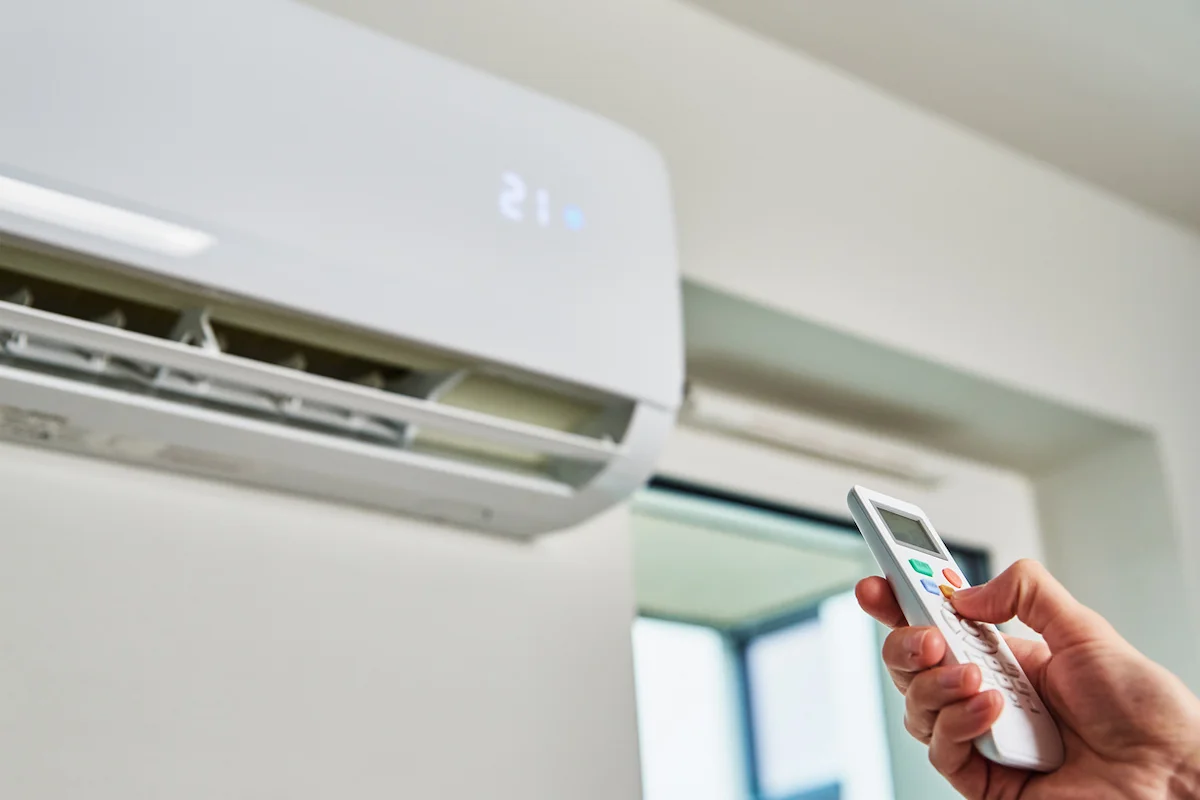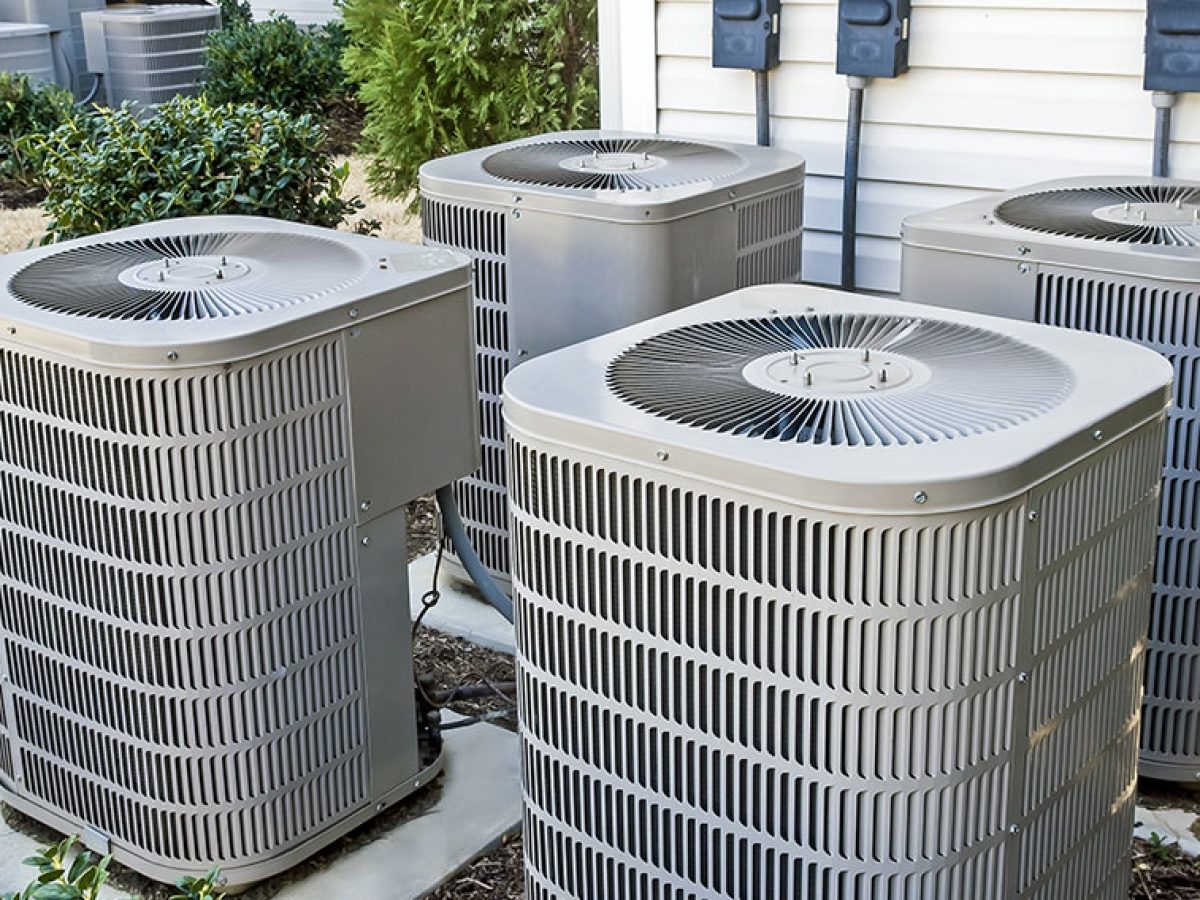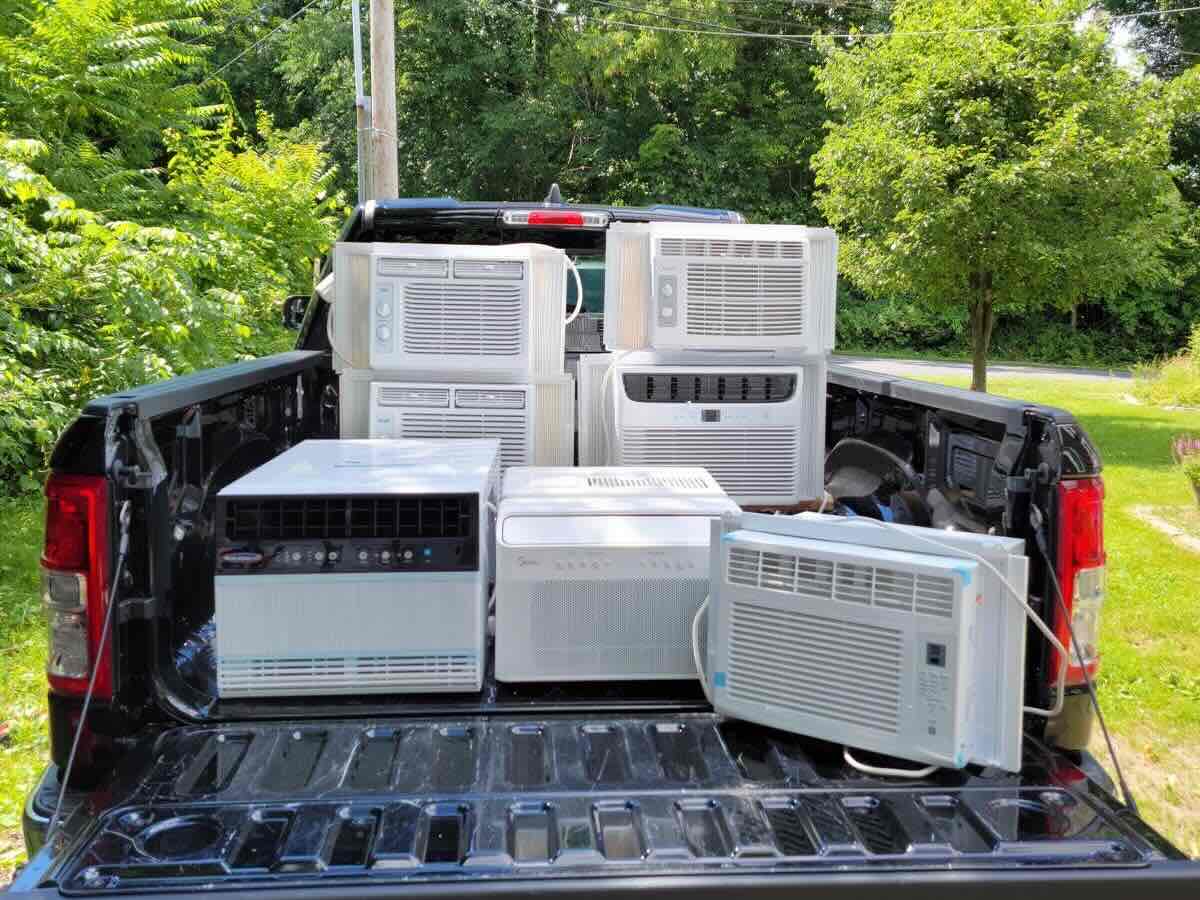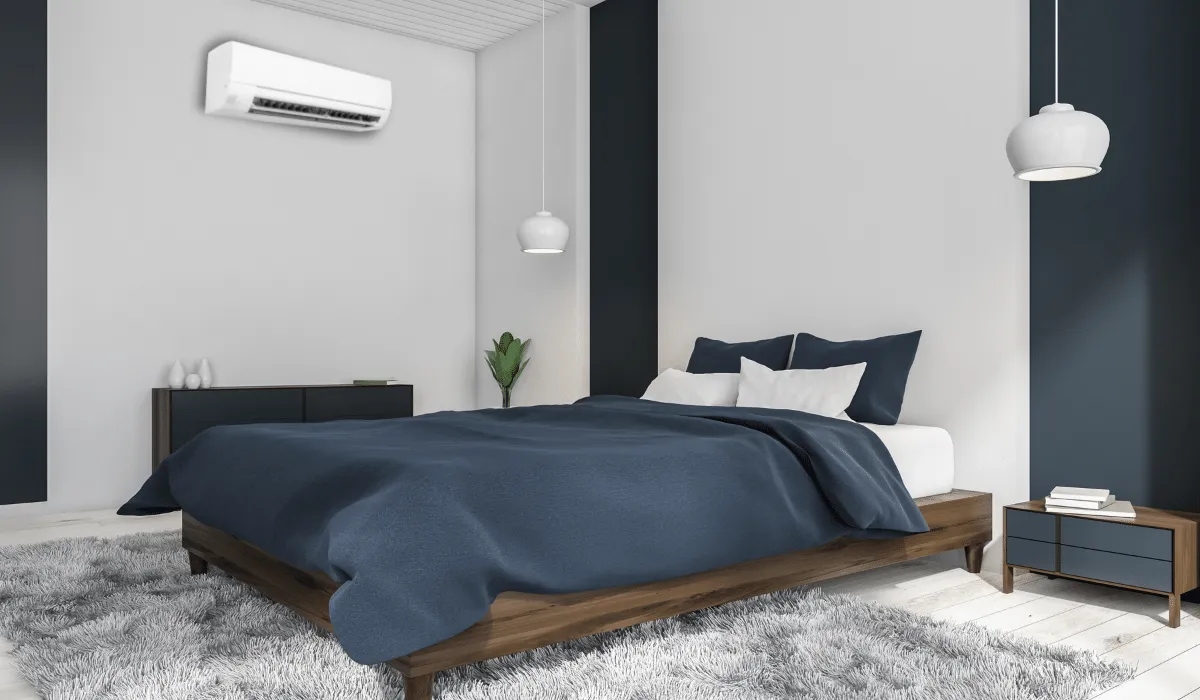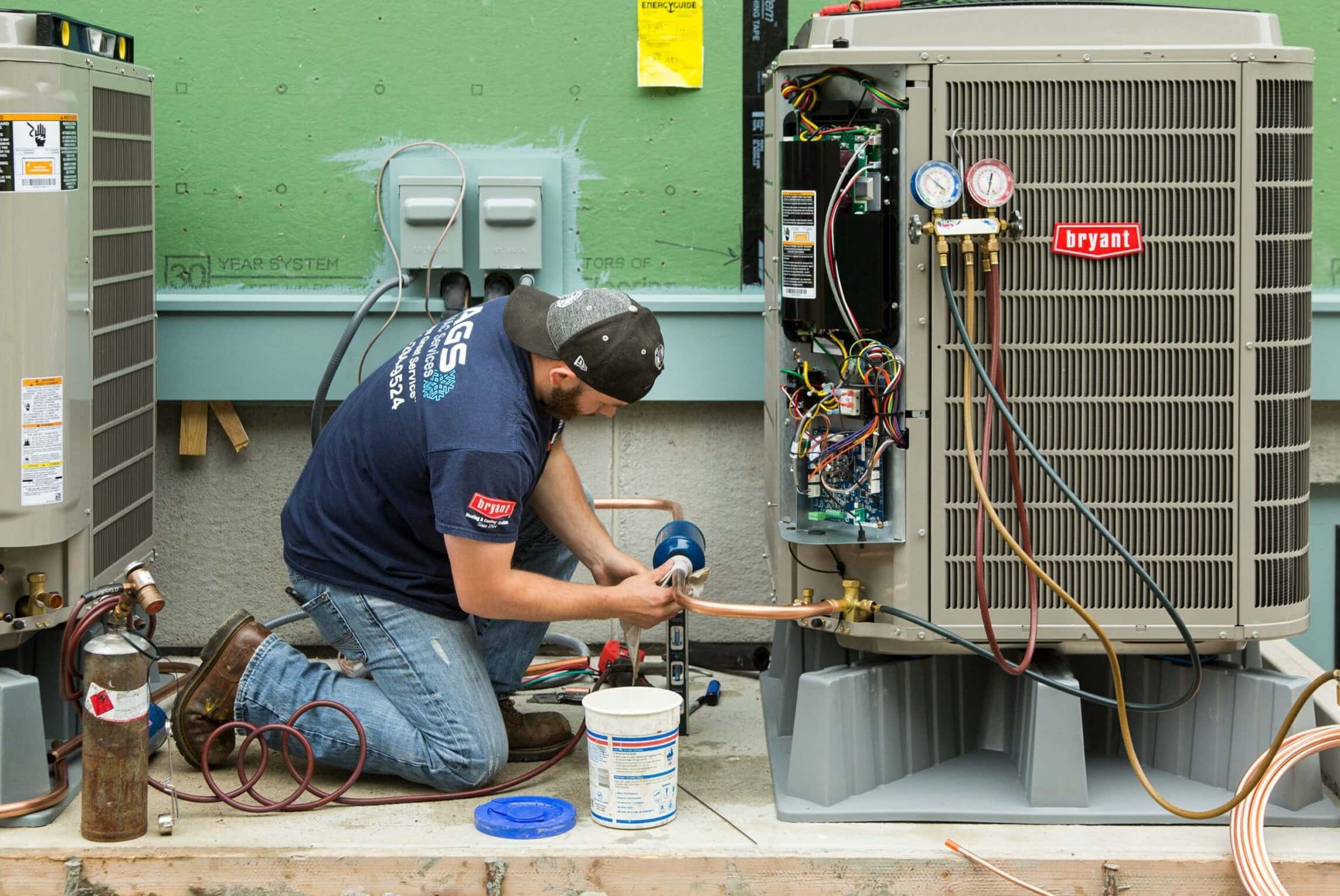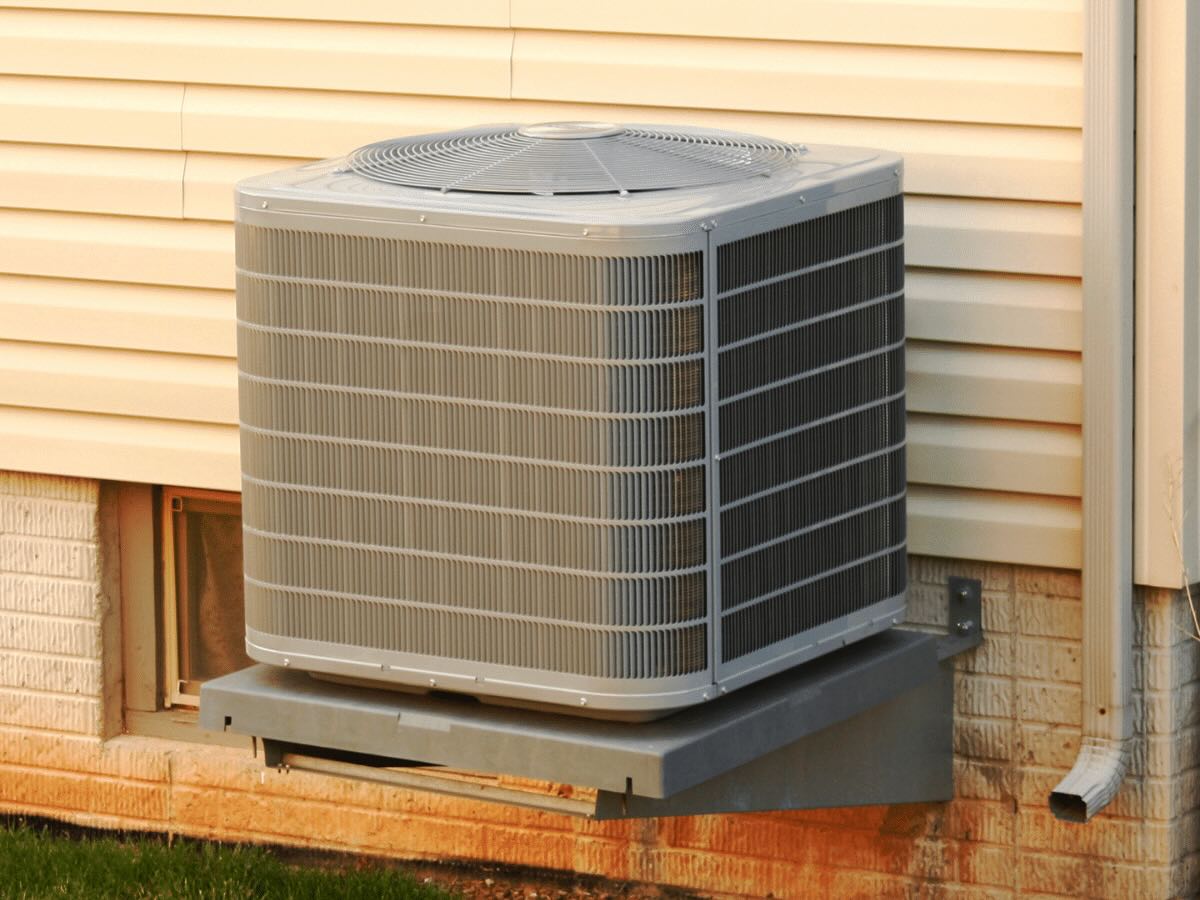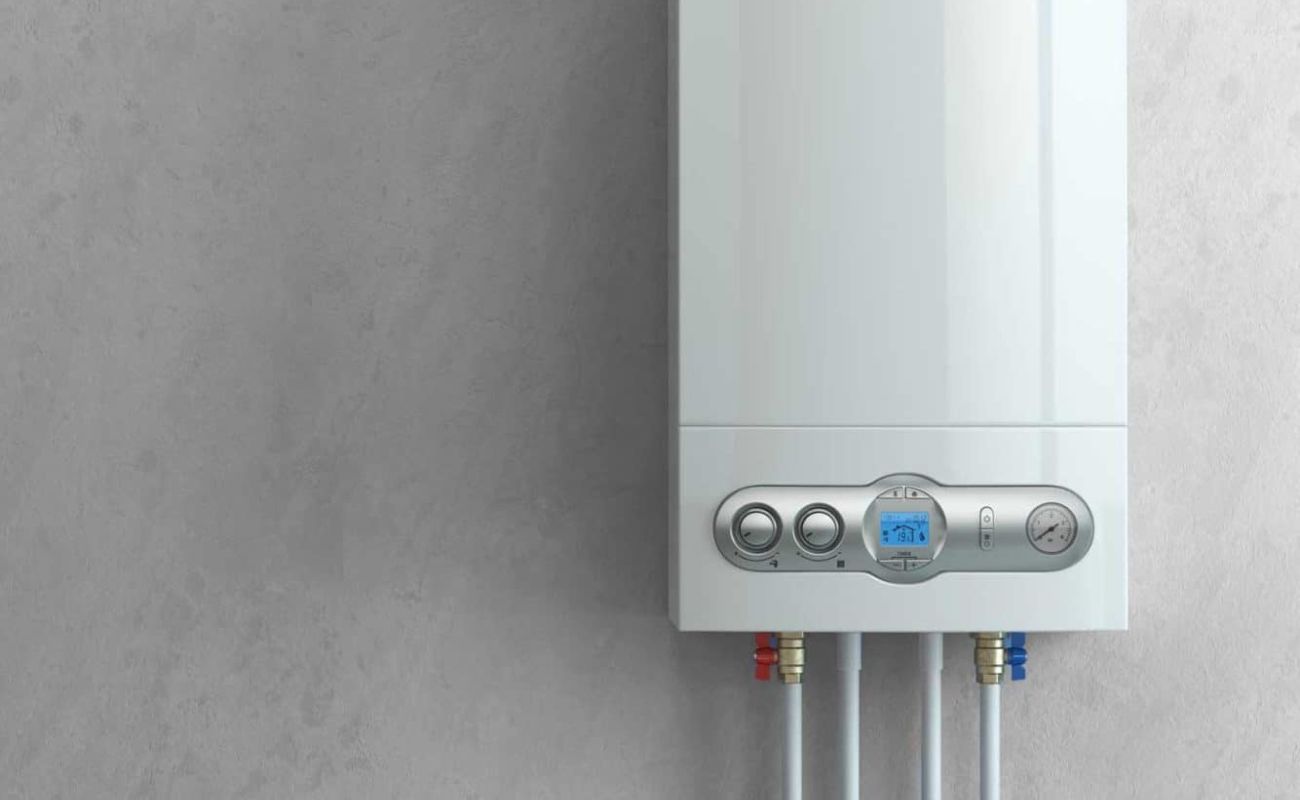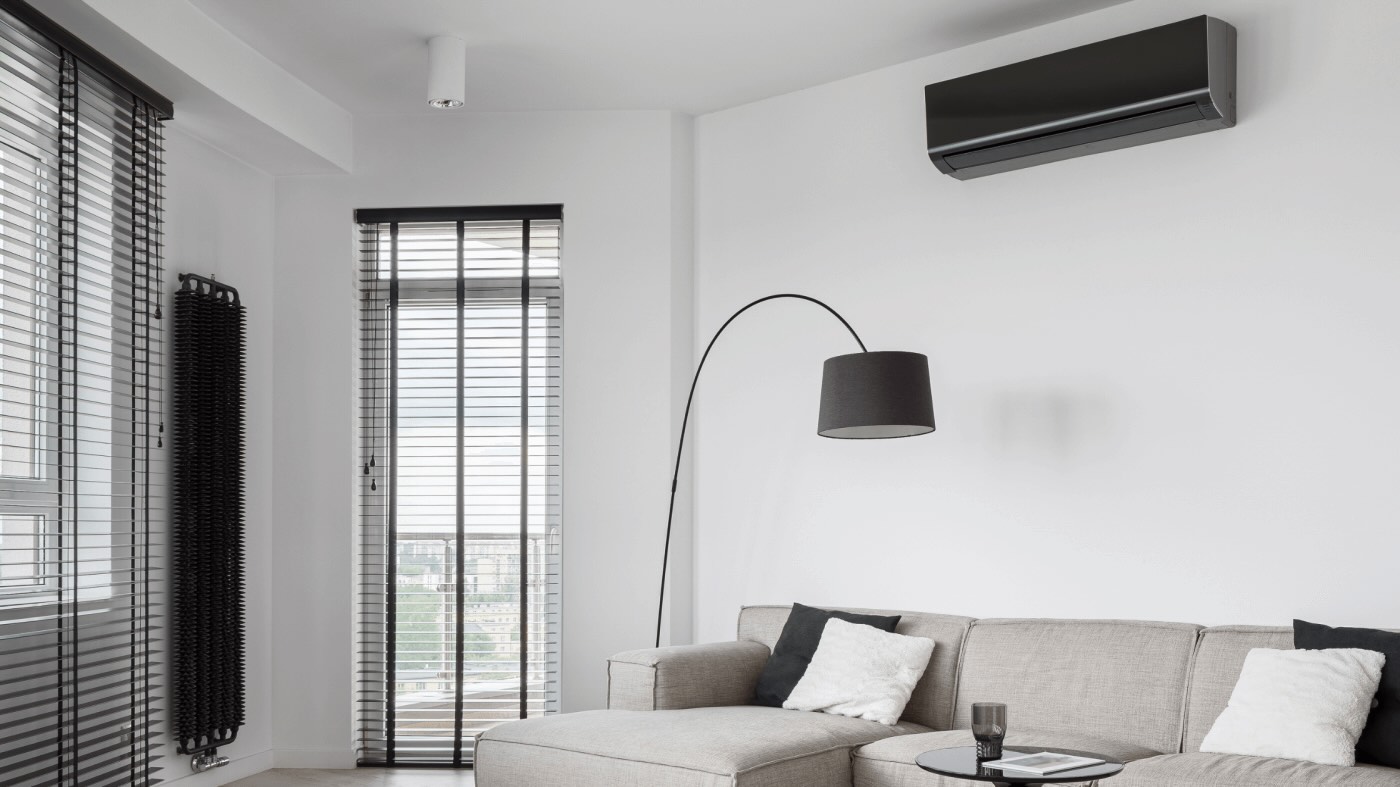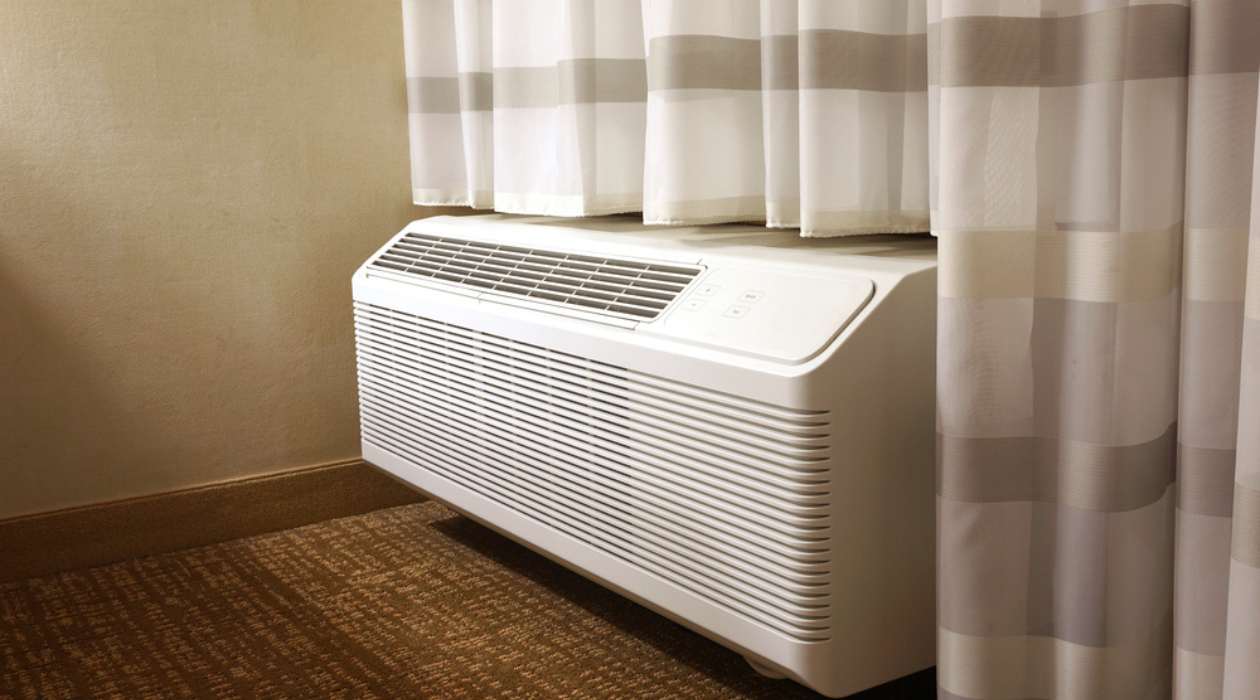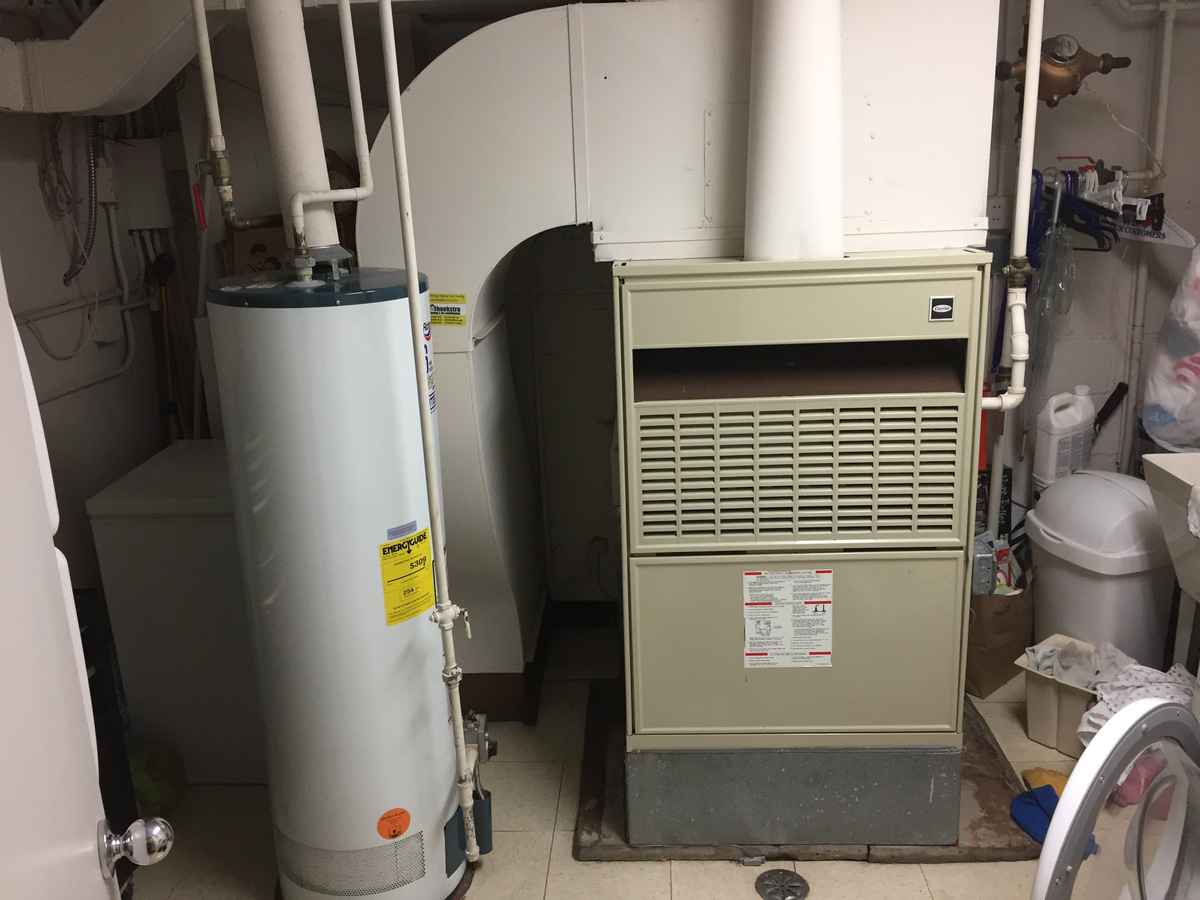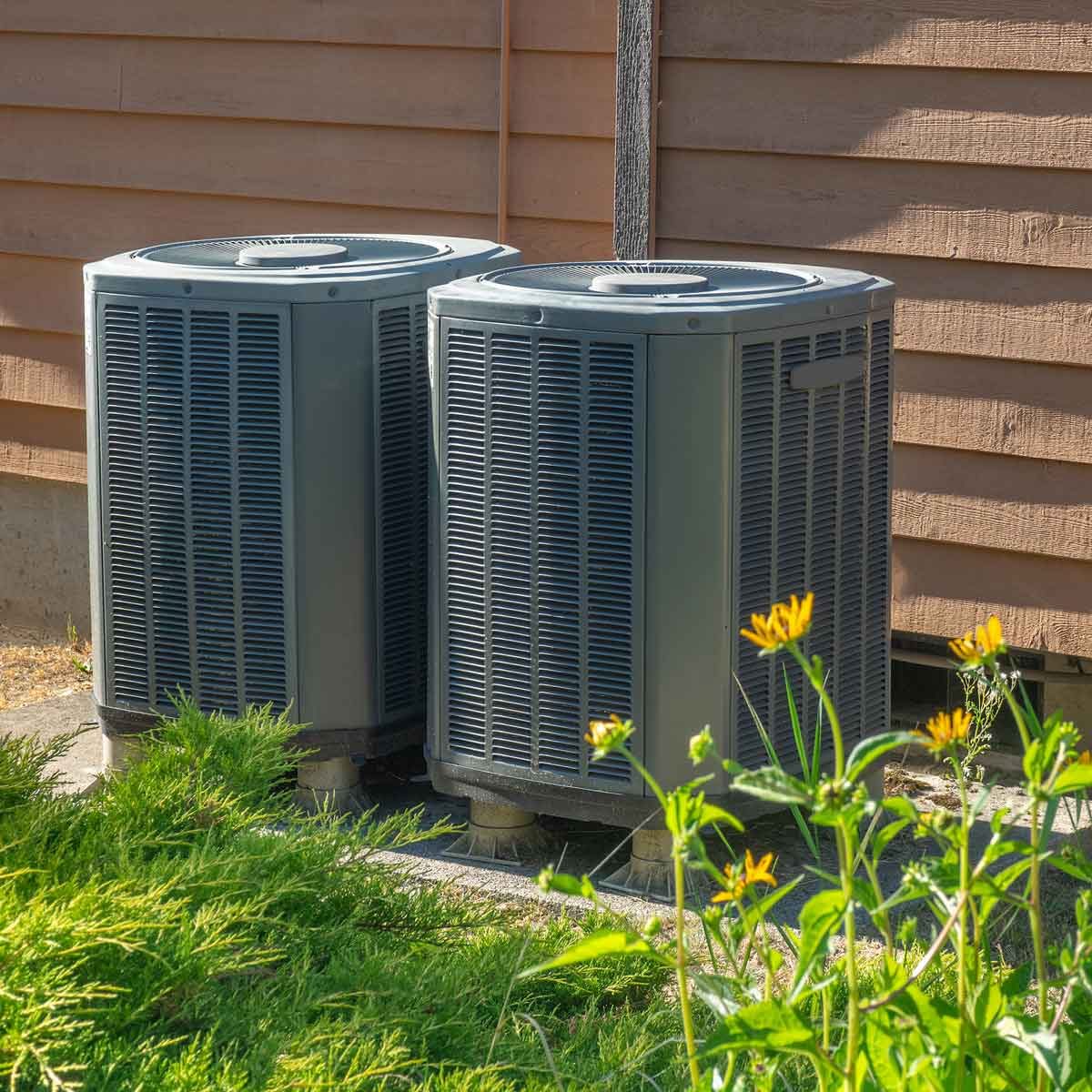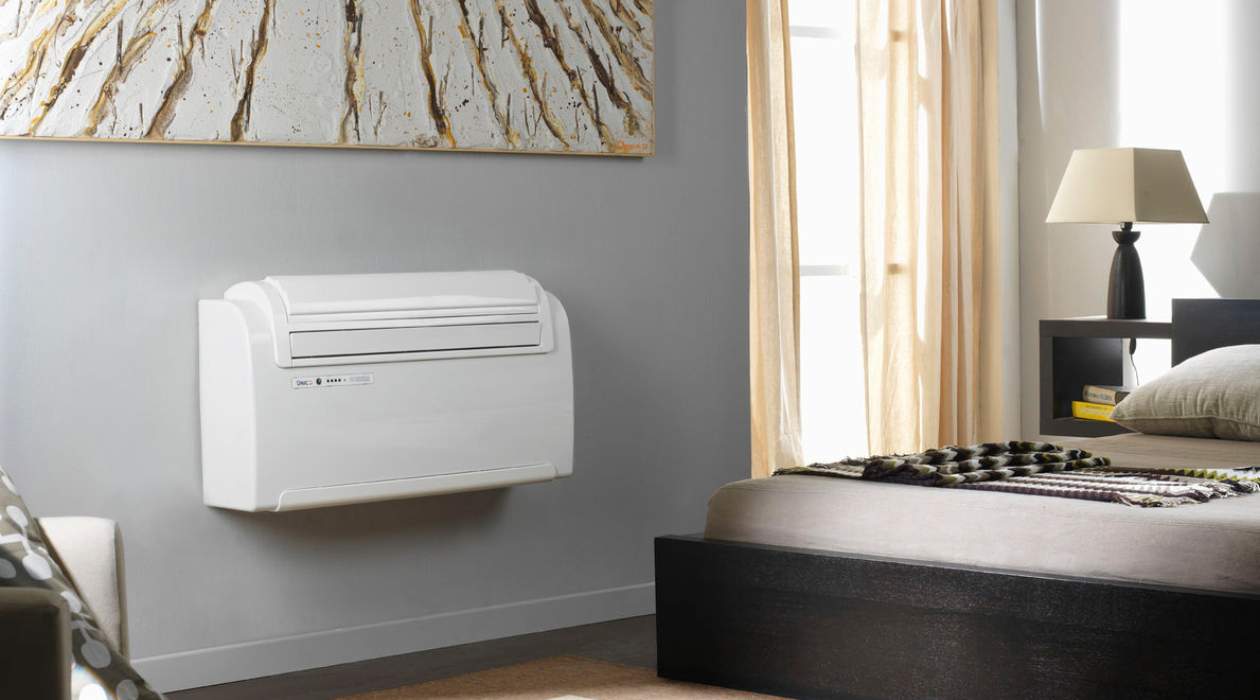Home>Home Maintenance>How To Size A Central Air Conditioner
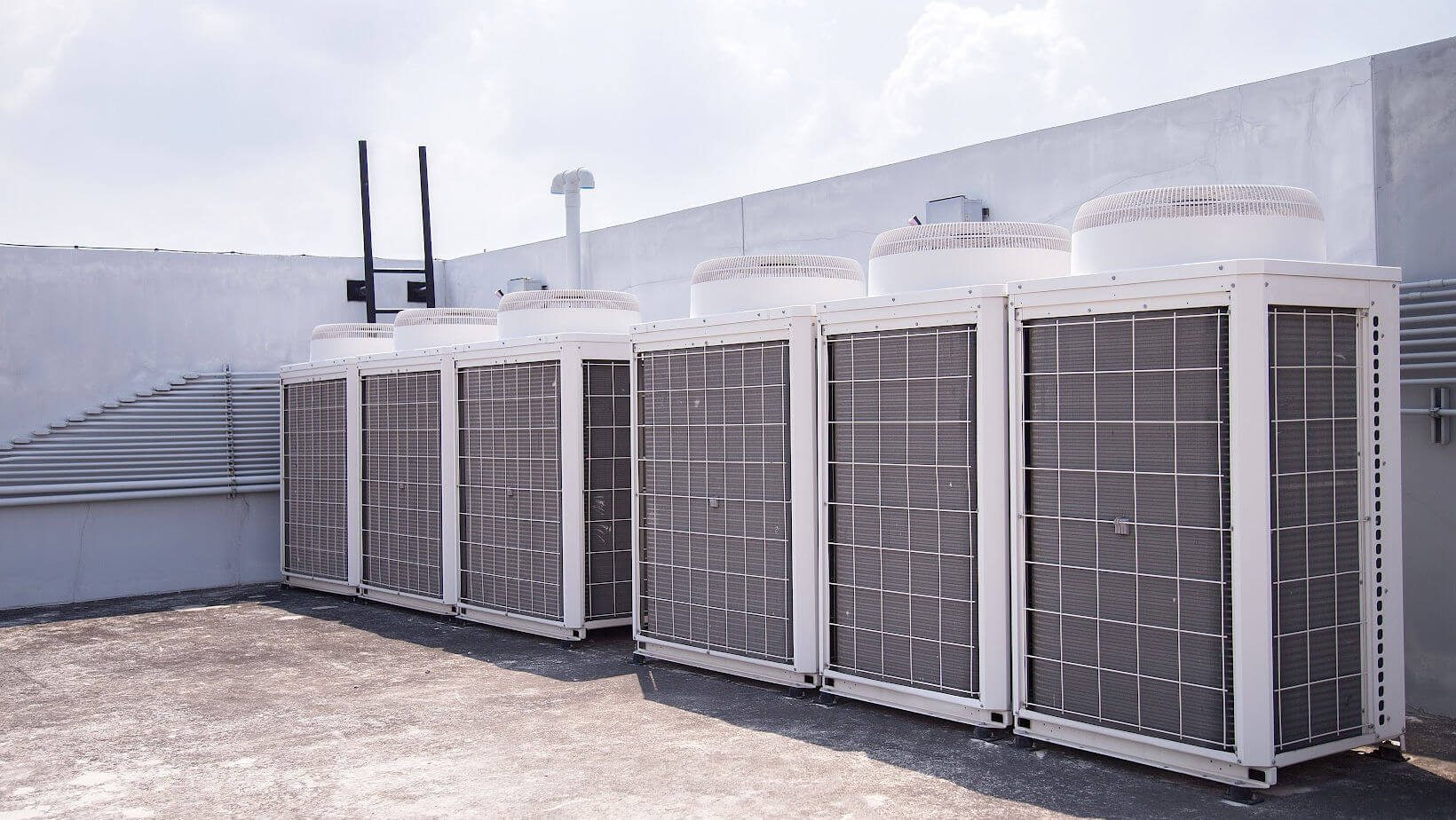

Home Maintenance
How To Size A Central Air Conditioner
Modified: March 7, 2024
Learn the steps to properly size a central air conditioner for your home with this comprehensive guide on home maintenance.
(Many of the links in this article redirect to a specific reviewed product. Your purchase of these products through affiliate links helps to generate commission for Storables.com, at no extra cost. Learn more)
Introduction
When it comes to maintaining a comfortable home environment, a well-sized central air conditioner is essential. Properly sizing your air conditioning system is crucial to ensure optimal performance and energy efficiency. Whether you are installing a new unit or replacing an existing one, understanding the factors involved in sizing a central air conditioner is vital.
Sizing an air conditioner involves determining the capacity required to cool your home effectively. Without the right-sized unit, you may experience inefficient cooling, higher energy costs, and poor indoor air quality. This article will guide you through the process of accurately sizing a central air conditioner based on your home’s cooling needs.
Factors such as the size and layout of your home, insulation levels, windows and doors, and local climate all play a role in determining the cooling load required. By considering these factors, you can ensure optimal performance and comfort while minimizing energy consumption.
In the following sections, we will explore the key factors to consider when sizing a central air conditioner, explain how to calculate the cooling load, discuss system capacity, consider energy efficiency, and provide guidance on selecting the right air conditioner size for your home.
Key Takeaways:
- Size your central air conditioner based on your home’s specific needs, considering factors like insulation, windows, and local climate. This ensures efficient cooling and energy savings.
- Consult a professional HVAC technician to accurately calculate your home’s cooling load and determine the right system capacity for optimal comfort and energy efficiency.
Read more: How To Clean A Central Air Conditioner
Factors to Consider when Sizing a Central Air Conditioner
When it comes to sizing a central air conditioner, several important factors need to be taken into account. These include the size and layout of your home, insulation levels, windows and doors, and local climate. Let’s take a closer look at each of these factors:
- Size and Layout of Your Home: The square footage of your home is a crucial consideration when sizing an air conditioner. A larger home will require a more powerful unit to cool it effectively. Additionally, the layout of your home, such as the number of floors and the number and size of rooms, also impacts the cooling load.
- Insulation Levels: The insulation in your home plays a significant role in maintaining a comfortable indoor temperature. A well-insulated home prevents heat transfer and reduces the cooling load on your air conditioner. If your home has inadequate insulation, it may require a larger unit to compensate for the increased heat gain.
- Windows and Doors: The number, size, and location of windows and doors in your home affect its energy efficiency and cooling requirements. Large windows or doors that face the sun can result in significant heat gain during hot weather. Properly sealing and insulating these openings can help reduce the cooling load and the size of the air conditioner required.
- Local Climate: The climate in which you reside plays a crucial role in sizing your air conditioner. Hotter climates require larger cooling capacities to combat high temperatures, while cooler climates may require smaller units due to lower cooling demands.
While these factors give a general idea of what to consider when sizing a central air conditioner, it is important to consult with a professional HVAC technician who can perform a detailed load calculation for your specific home. A professional assessment takes into account additional information, such as sunlight exposure, the number of occupants, and heat-generating appliances to determine the accurate cooling load.
Calculating the Cooling Load
To accurately size a central air conditioner, it is crucial to calculate the cooling load of your home. The cooling load refers to the amount of cooling capacity needed to maintain a comfortable indoor temperature when the outdoor temperature is at its highest. Here are some key steps involved in calculating the cooling load:
- Determine the heat gain: Heat gain refers to the amount of heat that enters your home. It can come from various sources, including sunlight, appliances, and occupants. To calculate the heat gain, you will need to consider factors such as the square footage of your windows, the number and size of appliances, and the number of people living in your home.
- Consider insulation: Insulation is an important factor in reducing heat gain. Good insulation can significantly lower the cooling load. Take into account the quality and condition of the insulation in your home when calculating the cooling load.
- Factor in the climate: Climate plays a significant role in determining the cooling load. Consider the average temperature and humidity levels in your area during the hottest months. Higher temperatures and humidity require a larger cooling capacity.
- Account for airflow: The airflow in your home affects the cooling load. Poor airflow can lead to uneven cooling and higher energy consumption. Consider factors such as ventilation, air leaks, and ductwork when calculating the cooling load.
- Perform a load calculation: It is recommended to hire a professional HVAC technician to perform a load calculation. They will take into account all the factors mentioned above and use industry-recognized methods to determine the accurate cooling load for your home. This calculation will help ensure that you select the right-sized air conditioner.
By accurately calculating the cooling load, you can avoid the common mistake of undersizing or oversizing your central air conditioner. An undersized unit will struggle to cool your home adequately, leading to discomfort, while an oversized unit will cycle on and off frequently, wasting energy and reducing efficiency.
Remember, a load calculation performed by a professional is the most accurate way to determine the cooling load of your home. They will take into account all the specific factors that affect heat gain and recommend the appropriate air conditioner size to meet your cooling needs.
Determining the Correct System Capacity
Once you have calculated the cooling load of your home, the next step in sizing a central air conditioner is determining the correct system capacity. System capacity refers to the cooling output of an air conditioner and is measured in British Thermal Units (BTUs) per hour. Here’s how you can determine the correct system capacity for your home:
- Refer to the cooling load calculation: The load calculation performed by a professional HVAC technician will provide you with the estimated cooling load in BTUs per hour. This calculation takes into account factors such as the size of your home, insulation levels, and local climate. Use this figure as a starting point when determining the system capacity.
- Consider additional factors: While the load calculation is a good baseline, it’s essential to consider other factors that may require adjusting the system capacity. For example, if you live in a particularly sunny area with many windows, you may need to increase the system capacity. On the other hand, if your home has excellent insulation and shade, a lower system capacity may suffice.
- Use a sizing chart: HVAC manufacturers provide sizing charts that correlate the cooling load with the appropriate system capacity. These charts take into account various factors such as climate zones, insulation levels, and types of windows. Cross-referencing the cooling load with the sizing chart will help you determine the closest available system capacity for your home.
- Consider energy efficiency: While it may be tempting to oversize the system for extra cooling power, it’s important to balance system capacity with energy efficiency. An oversized system may cool your home quickly but will not operate efficiently. It will often cycle on and off frequently, leading to increased energy consumption and decreased comfort. Choose a system capacity that matches your cooling load without going overboard.
It’s worth noting that selecting the correct system capacity requires careful consideration and professional guidance. An experienced HVAC technician can take into account all the relevant factors specific to your home and recommend the most appropriate system capacity for optimal comfort and efficiency.
Remember, an air conditioner that is too small or too large for your cooling needs will not provide the level of comfort you desire. Working with a professional ensures that you choose the right system capacity to keep your home cool and comfortable throughout the hottest months of the year.
When sizing a central air conditioner, consider the square footage of the space you want to cool. A general rule is to have 20 BTUs for every square foot, but factors like insulation and climate also play a role. It’s best to consult with a professional for an accurate assessment.
Energy Efficiency Considerations
When sizing a central air conditioner, it’s important to consider energy efficiency. An energy-efficient system not only helps reduce your carbon footprint but also saves you money on your utility bills. Here are some energy efficiency considerations to keep in mind:
- SEER rating: The Seasonal Energy Efficiency Ratio (SEER) is a measure of the cooling output of an air conditioner compared to the amount of energy it consumes. Higher SEER ratings indicate greater energy efficiency. When selecting a central air conditioner, look for models with higher SEER ratings to ensure long-term energy savings.
- Proper installation: A properly installed air conditioner ensures optimal performance and energy efficiency. Improper installation can lead to air leaks, inadequate airflow, and decreased energy efficiency. It’s essential to hire a professional HVAC technician who follows manufacturer guidelines when installing your air conditioning system.
- Regular maintenance: Regular maintenance is crucial to keep your central air conditioner operating efficiently. This includes cleaning or replacing air filters, checking and cleaning coils, and scheduling professional tune-ups. Proper maintenance helps improve airflow, increase energy efficiency, and extend the lifespan of your air conditioner.
- Zoning system: Installing a zoning system allows you to cool specific areas of your home independently. This means you can direct cooling only to occupied spaces, reducing energy waste. Zoning systems use dampers in the ductwork to control airflow to different zones, allowing for customized comfort and energy efficiency.
- Programmable thermostat: A programmable thermostat allows you to set temperature schedules based on your daily routine. You can program the thermostat to adjust the temperature higher when no one is home and lower before you return, saving energy without sacrificing comfort. Consider investing in a smart thermostat that offers advanced features and energy-saving options.
- Proper insulation and sealing: Well-insulated homes with proper sealing minimize heat transfer, reducing the workload on your air conditioner. Check for air leaks around windows, doors, and ductwork and ensure adequate insulation in walls, attics, and crawlspaces. Improving insulation and sealing can significantly improve energy efficiency.
By considering these energy efficiency considerations during the sizing process, you can choose a central air conditioner that not only meets your cooling needs but also helps save energy and reduce environmental impact. Remember to consult with a professional HVAC technician who can advise you on the most energy-efficient options for your home.
Read more: How Much Is A New Central Air Conditioner
Selecting the Right Air Conditioner Size
After considering all the factors and calculations involved, it’s time to select the right air conditioner size for your home. Here are some important guidelines to help you make an informed decision:
- Refer to the cooling load calculation: Start by referring to the cooling load calculation performed by a professional HVAC technician. The calculated cooling load provides a baseline for the system capacity you need.
- Consider practicality and efficiency: While the calculated cooling load is important, it’s also essential to consider practicality and efficiency. Going slightly above the calculated cooling load can provide some buffer and ensure efficient cooling. However, choosing a system capacity that is significantly larger than the cooling load is not recommended, as it may lead to frequent cycling and reduced efficiency.
- Consult with a professional: Seeking advice from a professional HVAC technician is highly recommended. They can consider all the specific factors of your home, confirm the accuracy of the cooling load calculation, and recommend the appropriate air conditioner size that best suits your needs and budget.
- Review manufacturer recommendations: Manufacturers often provide guidelines and recommendations for air conditioner size based on cooling load calculations. These guidelines take into account various factors, such as climate, insulation, and square footage. Reviewing the manufacturer’s recommendations can be helpful in your decision-making process.
- Consider future plans: If you have any future plans to make home improvements, such as adding additional rooms or improving insulation, it’s essential to take those into account when selecting the air conditioner size. Discuss your plans with the HVAC technician to ensure the system capacity allows for potential changes in your home’s cooling requirements.
Remember, selecting the right air conditioner size is crucial for optimal comfort, energy efficiency, and cost savings. An oversized or undersized unit can lead to discomfort, energy waste, and potential system issues. By working closely with a professional HVAC technician and considering all the factors discussed above, you can make an informed decision and choose the right air conditioner size for your home.
Conclusion
Sizing a central air conditioner is a critical step in ensuring a comfortable and energy-efficient home. By considering factors such as the size and layout of your home, insulation levels, windows and doors, and local climate, you can accurately calculate the cooling load and determine the correct system capacity.
Calculating the cooling load involves determining the heat gain, considering insulation, factoring in the climate, and accounting for airflow. A professional load calculation is recommended to obtain the most accurate results. Once the cooling load is known, the correct system capacity can be determined by using sizing charts provided by HVAC manufacturers and considering additional factors such as energy efficiency and practicality.
Energy efficiency should be a key consideration when sizing a central air conditioner. Look for units with high SEER ratings, ensure proper installation, and schedule regular maintenance to optimize energy efficiency. Additional measures, such as installing a zoning system and programmable thermostat, can also improve energy efficiency and save on utility bills.
When selecting the right air conditioner size, it’s important to refer to the cooling load calculation, consult with a professional HVAC technician, review manufacturer recommendations, and consider any future home improvement plans. Finding the right balance between cooling load and system capacity will ensure optimal cooling performance, energy efficiency, and cost savings.
In conclusion, by following these guidelines and working closely with a professional HVAC technician, you can properly size a central air conditioner that meets your home’s cooling needs, provides comfort, and maximizes energy efficiency. Remember, investing time and effort in the sizing process will result in long-term benefits, including improved indoor comfort and reduced energy consumption.
Frequently Asked Questions about How To Size A Central Air Conditioner
Was this page helpful?
At Storables.com, we guarantee accurate and reliable information. Our content, validated by Expert Board Contributors, is crafted following stringent Editorial Policies. We're committed to providing you with well-researched, expert-backed insights for all your informational needs.
